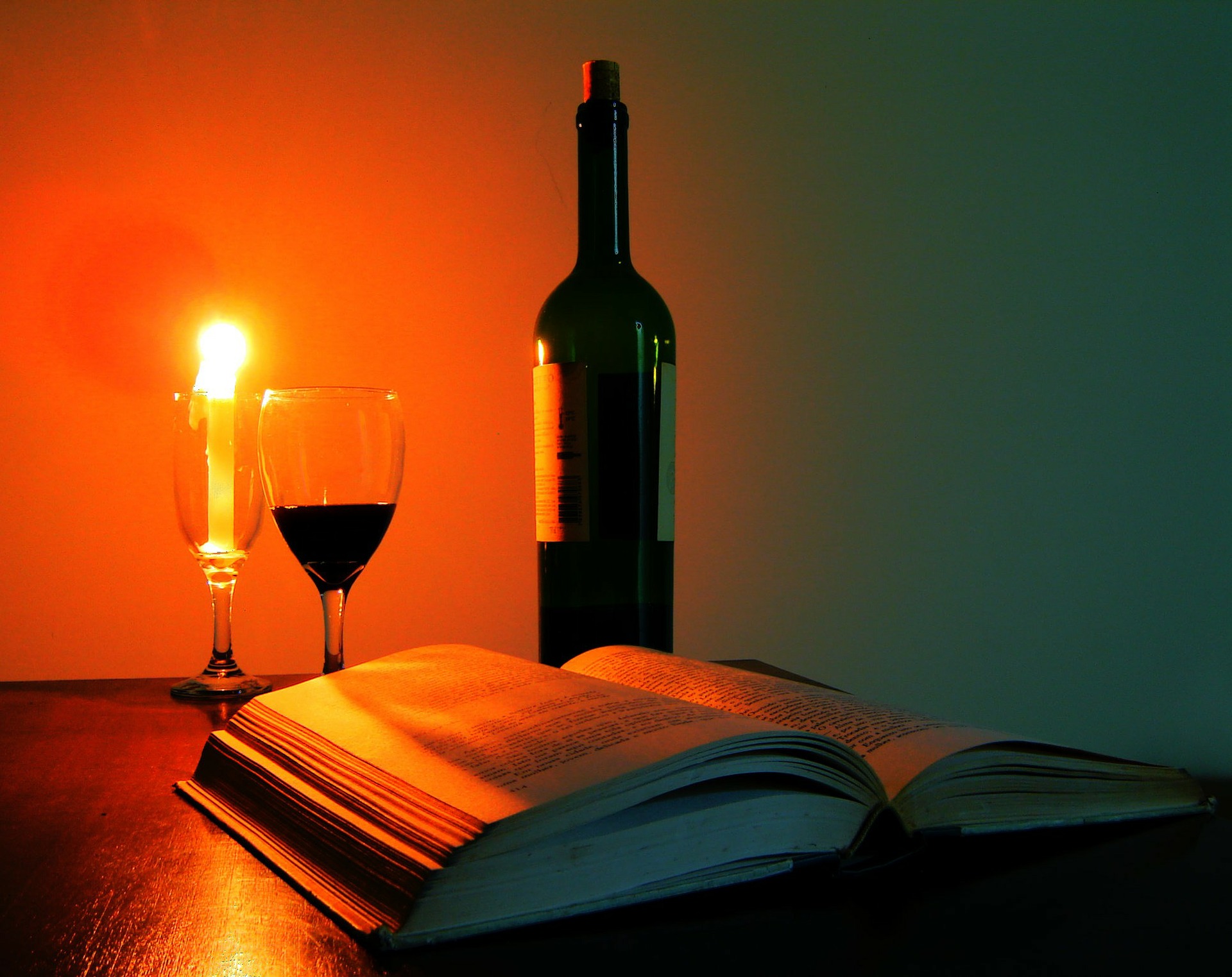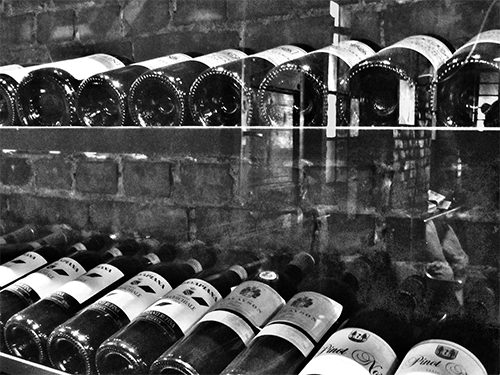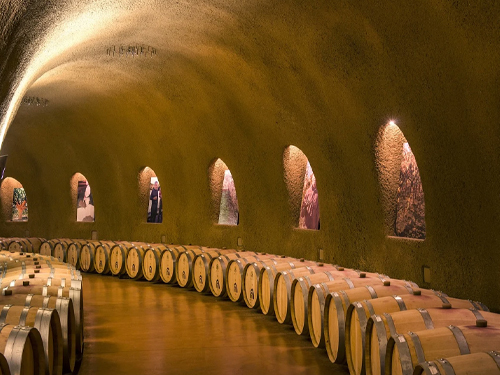Rédigé le 01/09/2020
La langue du vin

Le vin a son langage, son parler. Il se discute autant qu’il se déguste. De l’érotisme au scientifique, le lexique vinicole est vaste et parfois mystérieux. On a entendu mille fois les termes sans jamais avouer ne pas les comprendre. Voici une sélection de mots à connaitre et maitriser pour parler « vin » sans se prendre les pieds dans la vigne…
VIN SEC
Là, tout dépend de quel vin on parle…
Pour le vin blanc, c’est un vin très peu sucré. Le palais ne perçoit pas de douceur. Pour les producteurs, c’est un vin qui contient moins de 2 grammes de sucre par litre de vin. En Alsace, on les classe même sur une échelle de 1 à 5.
Si vous faites un repas au vin blanc, servez les secs avant les doux. Le sucre des derniers risquant de masquer tous les arômes des premiers !
En Champagne, au contraire, c’est un vin plus doux que la moyenne.
Et du côté des rouges, c’est un défaut, une critique. Les rouges secs sont âpres, astringents. Ils laissent une impression désagréable en bouche et l’assèchent.
PHYLLOXERA (Le)
Traumatisme qui ne connaît plus de témoin direct, le phylloxera ne fait heureusement plus de victime aujourd’hui. C’est un puceron qui a su traverser l’Atlantique pour venir ravager les vignes européennes à la fin du 19ème siècle. Deux millions et demi d’hectares ont ainsi été arrachés à cause de la bébête qui dévorait les feuilles et les racines de nos ceps, faisant tomber à jamais certains cépages immémoriaux.
PIQUETTE
Peu de suspense : c’est un mauvais vin. Mais l’origine de ce mot est due justement au phylloxera. Face à la pénurie de plans de vignes, on essayait alors de faire deux vin avec la même récolte. On ajoutait grossièrement de l’eau au marc de vin. La « piquette » était née. Plusieurs lois ont été ensuite mises en place pour réglementer la production du vin mais aussi les premières réglementations géographiques, ancêtres de l’appellation d’origine controlée.
CAUDALIE
On passe des heures sombres aux sommets du goût. La caudalie c’est la mesure de la persistance aromatique en bouche après une gorgée de vin. Elle est mesurée en secondes et plus elle est longue, plus le vin est considéré comme « grand ».
Voici quelques pages cornées au dictionnaire sans fin du vin. Nous aurions encore pu parler du vin balsamique, du chapeau, ou du goût de lumière… ce n’est que partie remise !













